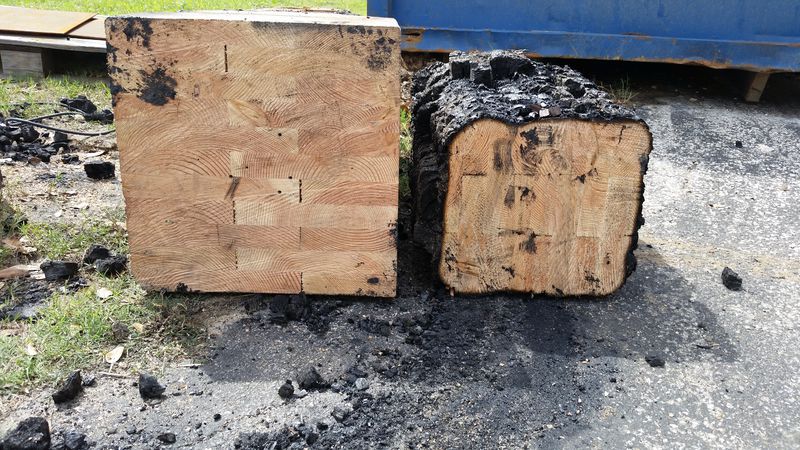dik
Structural
- Apr 13, 2001
- 26,037
From CTV News:
I'm not a big fan of wood highrises, either...
Dik
I'm not a big fan of wood highrises, either...
Dik
Follow along with the video below to see how to install our site as a web app on your home screen.
Note: This feature may not be available in some browsers.

VE1BLL said:typically built-up from thinner 2-by-x stick lumber, wouldn't last very long at all.
Pretty much true but I'll elaborate.3DDave said:I understand from fire-fighting articles that there is more trust of large beam wood structures than steel. Even when the wood is on fire, one can see the dimensions of the wood and get a feel for remaining strength as wood doesn't tend to soften. With steel all bets are off, mostly because such thin sections of steel are used versus what wood would require. If it was only the structure, steel would win as it doesn't burn, but people fill their structures with fuel, so that part doesn't matter as much.
But for structures built of tooth-pick pieces and glue-lam, I wouldn't be so trusting.


